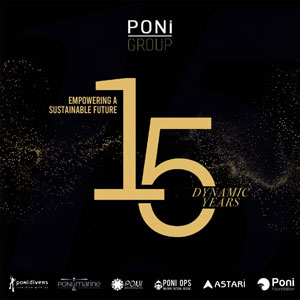ANN/THE STRAITS TIMES – Singapore’s economy outpaced expectations in the third quarter of 2024, prompting the government to upgrade its full-year growth forecast to “around 3.5 per cent” from an earlier range of two per cent to three per cent. This represents a strong recovery from 2023, which saw growth of just 1.1 per cent.
The Ministry of Trade and Industry (MTI) announced on Friday that third-quarter growth soared to 5.4 per cent year-on-year, marking the fastest expansion since late 2021 and surpassing the initial estimate of 4.1 per cent. The robust performance was driven by gains in manufacturing, wholesale trade, and the finance and insurance sectors, buoyed by a rebound in the global electronics cycle.
“Singapore’s overall external demand outlook is expected to remain resilient for the rest of 2024,” said MTI. Permanent Secretary for Trade and Industry Beh Swan Gin noted that the year-to-date growth of 3.8 per cent far outpaced the 0.7 per cent recorded during the same period in 2023. “Given the strong momentum, gross domestic product growth could exceed 3.5 per cent this year,” he added.
However, the outlook for 2025 appears less optimistic, with growth expected to moderate to between one per cent and three per cent amid heightened global uncertainties. These include potential economic disruptions.
OCBC Bank’s Chief Economist Selena Ling remarked that the full-year upgrade reflects Singapore’s ability to rebound despite external challenges, but the MTI cautioned that risks have “tilted to the downside” heading into 2025.

A big one is a potential barrage of tariffs from the new Trump administration, which would affect the economies of Singapore’s trading partners. United States (US) President-elect Trump has said he wants to slap tariffs of 60 per cent on imports from China and 20 per cent on imports from the rest of the world.
While Trump is likely to impose tariffs, the “US enjoys a trade surplus with Singapore, so that is a positive for us”, Beh said.
The US accounts for more than 10 per cent of Singapore’s trade and more than 20 per cent of the Republic’s investments.
Other downside risks include a further escalation of geopolitical conflicts, which could lead to higher oil prices and production costs, as well as policy uncertainty, which could dampen global investment and trade.
Disruptions to the global disinflation process could lead to tighter financial conditions, potentially triggering latent vulnerabilities in financial systems, MTI added.







